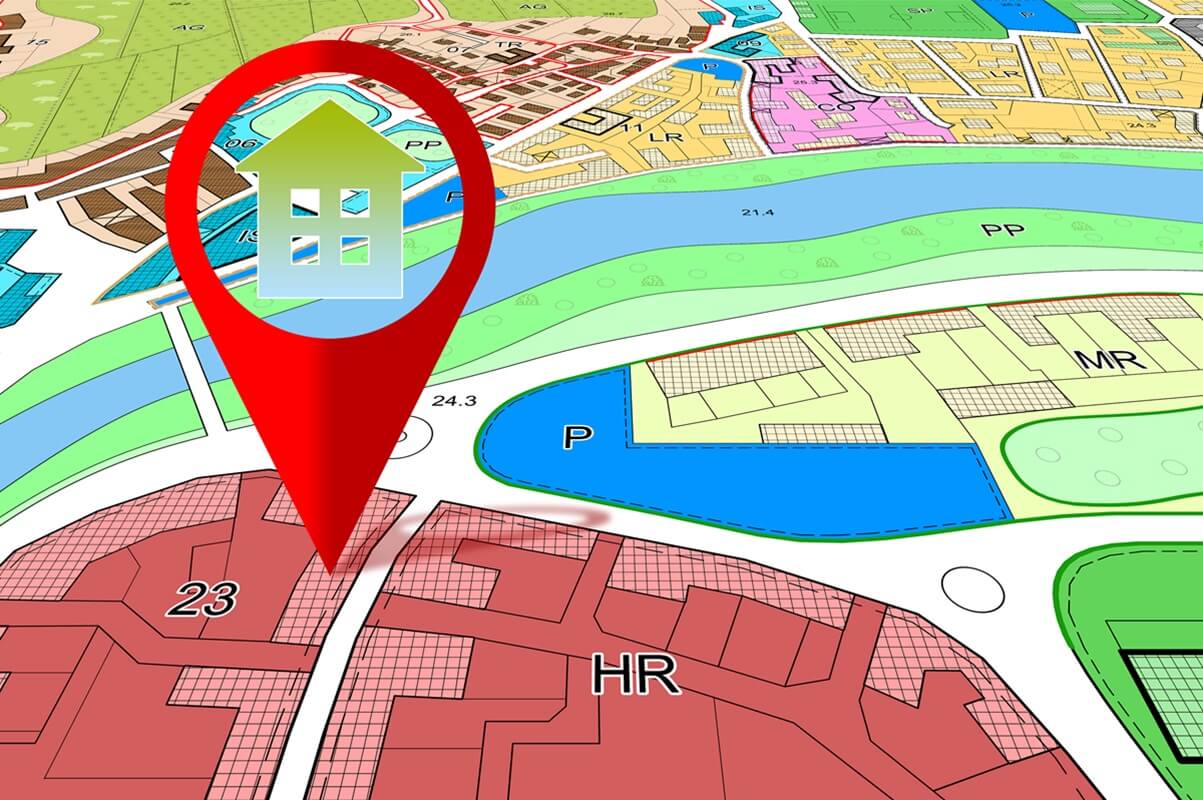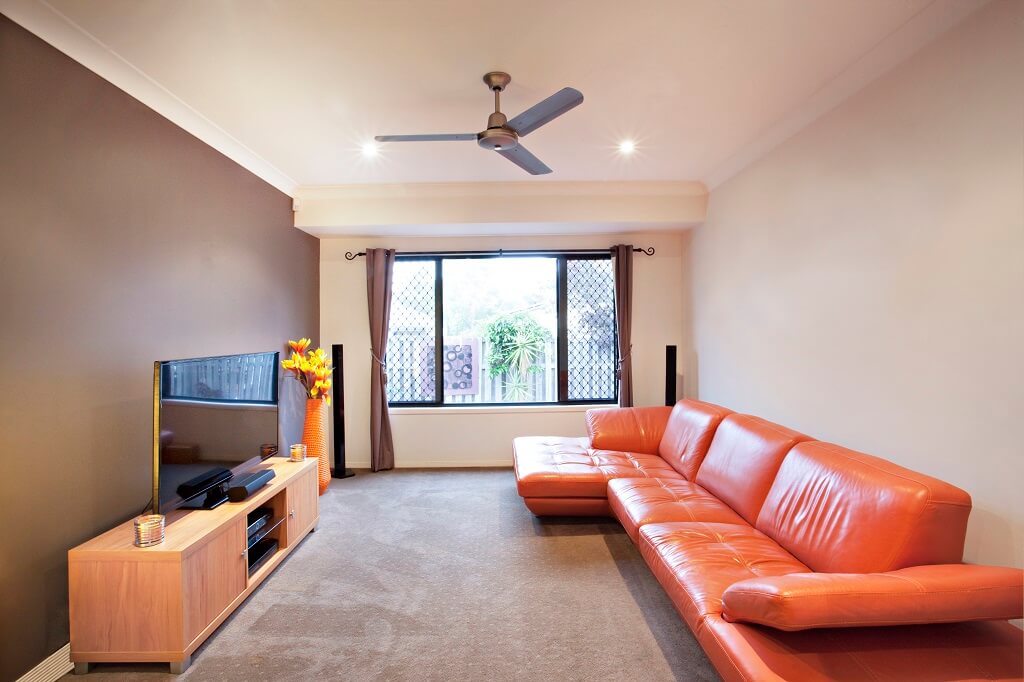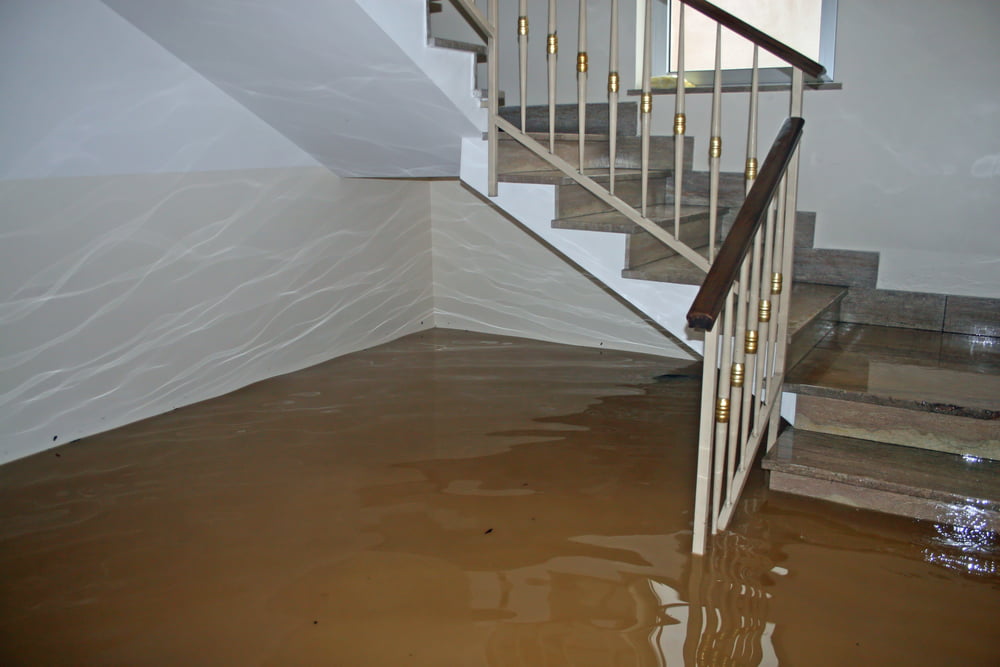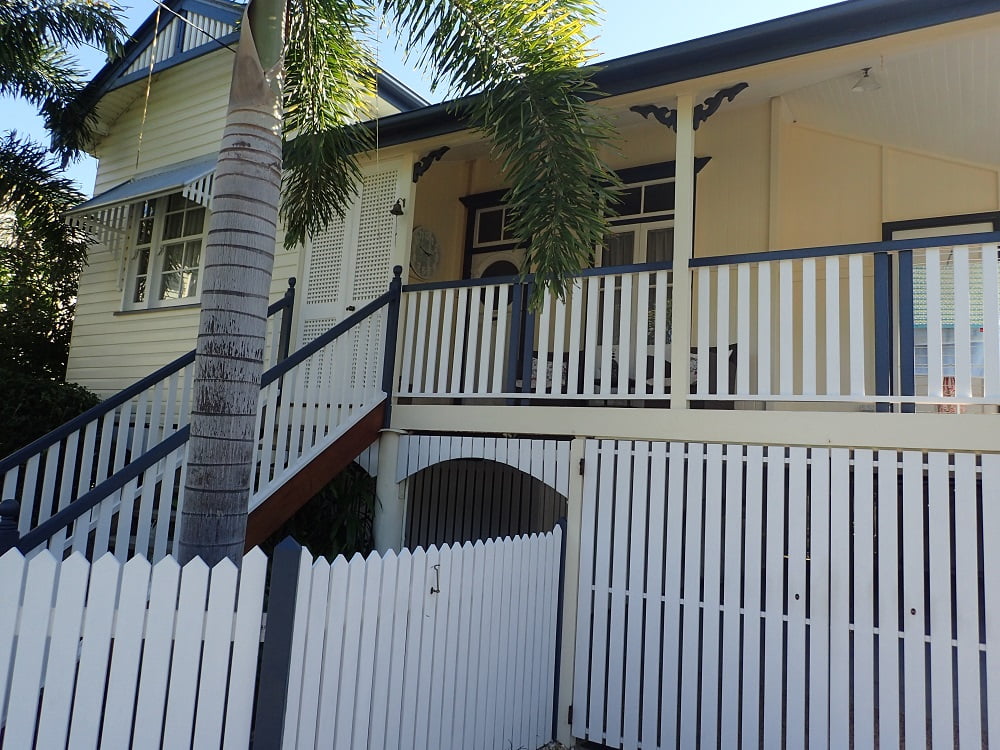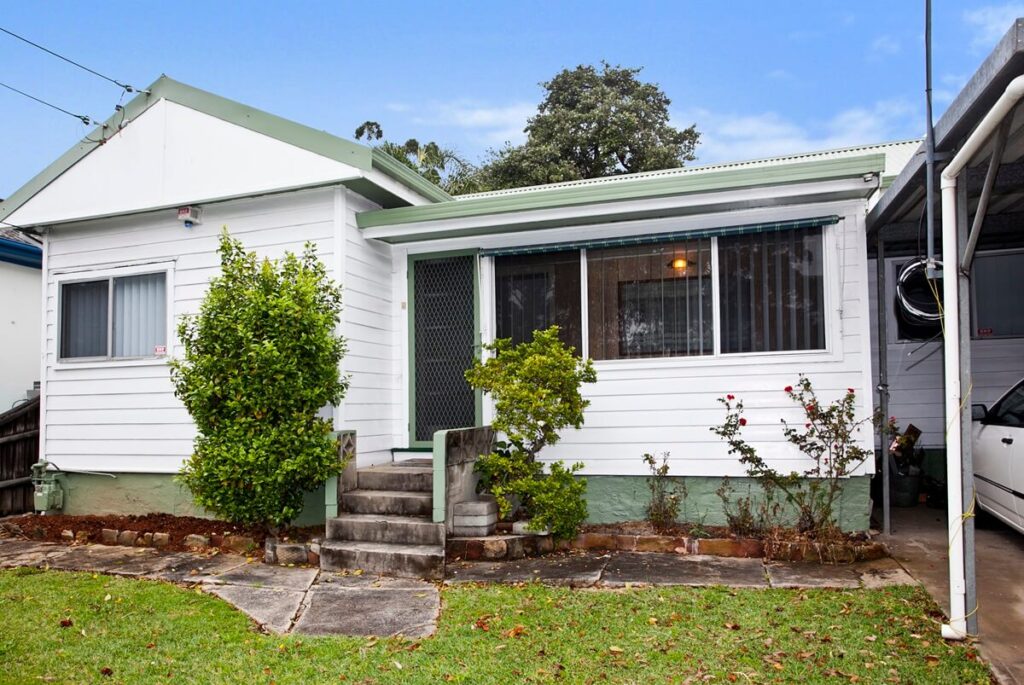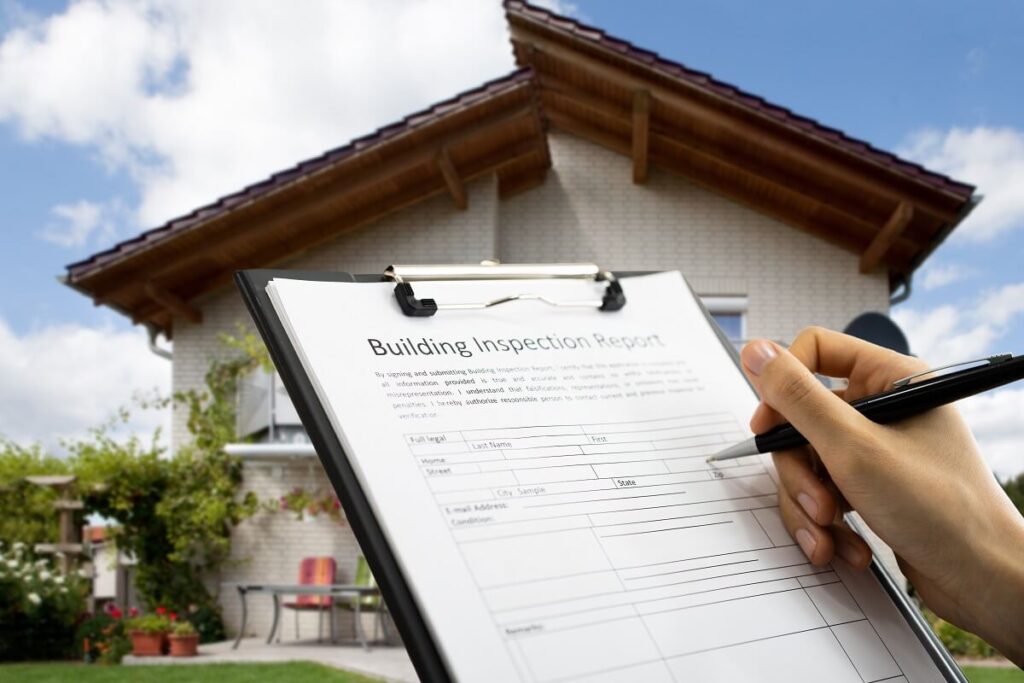Nothing can crush the dreams of a would-be renovator faster than the Brisbane residential zones. For example, in areas designated as character residential zones, you may be subject to strict guidelines regarding building design, materials, and renovations to ensure the preservation of the neighbourhood’s historical or architectural character. While these guidelines help maintain the area’s charm, they can sometimes limit your freedom when seeking to modify a property. If you’re after a new build, depending on the specific zoning regulations in your prospective area, you may face restrictions on the type, size, and height of buildings you can construct on the property. Welcome to the joys of property ownership.
Another challenge is that you may be affected by fluctuations in property values due to factors such as increased density, or perceptions of reduced liveability. Additionally, rapid urban growth in emerging community zones can lead to challenges related to inadequate infrastructure and services, such as roads, public transport, schools, and healthcare facilities. If you buy in these areas, you may face issues with overcrowded amenities or delays in the provision of essential services.
So, if you’re in the market to buy, it’s important to understand the Brisbane residential zones and what they mean for development in the river city.
Andrew’s expert advice on the Brisbane residential zones
In Brisbane, residential zones are areas designated for predominantly residential purposes, aimed at providing housing for the city’s residents. The Brisbane City Plan 2014, which guides development and land use in the city, categorises residential zones based on factors such as density, housing types, and land use compatibility. Here are some of the main residential zones in Brisbane:
- Low Density Residential Zone (LDR): Buildings in this zone are likely to be low rise, for example, 1, 2 or occasionally 3 storeys high and may include single houses or two houses on the same lot (called dual occupancy). Sometimes a smaller second dwelling or home, a ‘granny flat’, could be expected. This zone also includes other uses such as home-based businesses, local shops, or childcare centres. Suburbs such as Forest Lake, The Gap, and Stretton make up this zone.
- Character Residential Zone (CR): The Character Residential Zone aims to preserve the architectural and historical character of older suburbs in Brisbane. Development in this zone is subject to specific character and building design guidelines to protect the unique character of these areas. A number of properties in Camp Hill, Morningside, Ashgrove, Paddington, Kangaroo Point and Bardon fall under this zone.
- Low-Medium Density Residential Zone (LMR): This zone allows for a mix of housing types, including detached dwellings, townhouses, and small-scale apartment buildings. It aims to provide a balance between higher-density development and maintaining neighbourhood character. Suburbs such as Annerley, St Lucia and Moorooka are included in this zoning.
- Medium Density Residential Zone (MDR): The Medium Density Residential Zone permits a higher density of housing compared to the LMR zone. It typically allows for townhouses and small to medium-sized apartment buildings while still aiming to maintain amenity and neighbourhood character.
- High Density Residential Zone (HDR): This zone allows for high density residential development, including apartment buildings and mixed-use developments. It is typically located in or near major activity centres and transport corridors, catering to urban living and accessibility in suburbs like Milton.
- Emerging Community Zone (EC): This zone designates land intended for future residential development. It may include provisions for infrastructure and environmental considerations as the area transitions from rural to urban use. Suburbs such as Ellen Grove and Rochedale are located in an Emerging Community Zone.
- Rural Zone (RU): The Rural Zone permits agricultural activities such as farming, grazing, horticulture, and forestry. It aims to support and protect agricultural land for food production and primary industries. It may include areas of environmental significance, such as natural habitats, watercourses, wetlands, and bushland in suburbs such as Moggill.
- Rural Residential Zone: Development standards and guidelines may regulate aspects such as minimum lot sizes, building setbacks, and land use compatibility to maintain the rural atmosphere. The zone is often characterised by rural lifestyle properties or hobby farms, where residents may engage in agricultural or recreational activities while enjoying a semi-rural environment in areas such as Pullenvale.
Get answers with a pre-purchase building inspection
Navigating these issues often requires you to stay informed about local planning regulations, engage with community planning processes, and work collaboratively with local authorities. Before you make a financial investment of this size, you must protect it with a comprehensive building inspection completed by a professional.
We’ve been doing building inspections Brisbane wide for 25 years. We know your suburb, we know what to look for, and we know what traps buyers can face. We are 100% independent – which means we work exclusively for you, not the agent or the seller. Get in touch to organise a pre-purchase building inspection and we can help you understand your postcode risk.

